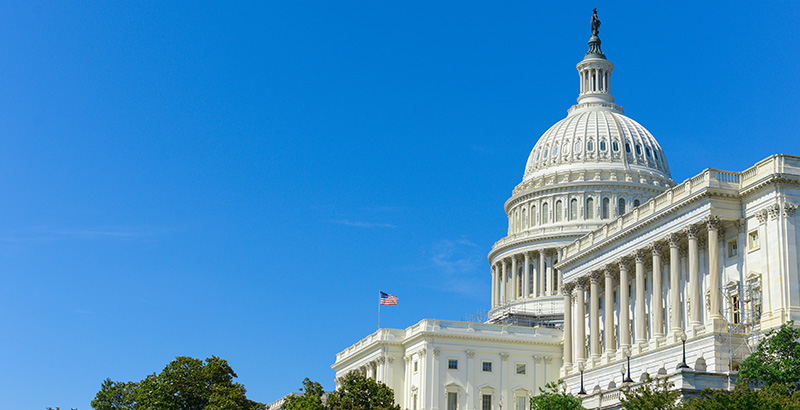The tax reform proposal House Republican leaders released Thursday morning could have major implications for K-12 public education and school choice, along with impacts on early childhood and college.
At the K-12 level, the biggest changes would come from a proposal to limit federal deductions of state and local property taxes to $10,000 per year, and to end federal deductions for state and local income and sales taxes. That could raise demands to reduce those taxes at the state and local level, jeopardizing the crucial funds that make up the lion’s share of public school funding.
The school superintendents’ association, the AASA, blasted the proposal.
“The impact these changes would have on state and local governments to adequately and appropriately invest in and support critical infrastructure investments, including public schools, are unacceptable and put our nation on a path that undermines progress in student learning, graduation rates, college completion rates and career readiness,” Executive Director Daniel A. Domenech said in a release.
Tax writers were under pressure to offset some of the enormous costs that come from the GOP’s proposed deductions for businesses and individuals. Limiting property tax deductions and ending sales and income tax deductions, with other changes to tax credits for mortgages, medical expenses, and other categories, would bring in $1.3 trillion from 2018 to 2027, according to the House Ways and Means Committee.
The committee is scheduled to consider the bill Monday, and President Donald Trump has said he wants the House to finish its work by Thanksgiving. The loss of the deductions would most dramatically affect high-tax states like New York, New Jersey, and California, and at least some Republicans from those states may vote against the final proposal.
Public school advocates also criticized changes to tax benefits for tuition at private K-12 schools.
The bill proposes eliminating Coverdell accounts, tax-exempt accounts that allow families to save up to $2,000 per year for higher education or private K-12 tuition. Instead, the bill would transfer K-12 tax-free savings to the better-known 529 college savings plans, allowing parents to contribute as much $10,000 a year for K-12 tuition.
“Expanding education tax loopholes in order for wealthy families to stash away money for private school will hurt neighborhood public schools and students,” Lily Eskelsen García, president of the National Education Association, the country’s largest teachers union, said in a release.
Tommy Schultz, a spokesman for the American Federation for Children, said any effort to expand parents’ ability to choose the best education for their children is a good thing.
“We certainly support this for those families who have 529s. However, we are also concerned about and focused on those families who do not have 529s, typically low-income families who aren’t able to put away those savings, who are looking for more and better educational options for their children,” he told The 74 by email.
The bill doesn’t contain a federal tax-credit scholarship program that would, in theory, subsidize private school tuition for low-income families. It’s long been considered the backbone of Trump’s as-yet-unrealized 2016 campaign promise to create a $20 billion school choice program.
The proposal would also end a $250 tax deduction for teachers’ spending on school supplies.
In higher education, the lawmakers proposed eliminating tax deductions for interest on student loans and some tuition tax credits. It also would count as taxable personal income employer-provided education benefits or free tuition for university employees and their families. In total, doing so would bring in $47.5 billion, according to committee documents.
The committee is also looking to roll three existing higher-education tax credits into one tax credit that would provide a 100 percent credit of up to $2,000 per year for tuition, fees, and course materials, and a 25 percent credit on the next $2,000 of expenses, for four years. For a fifth year of higher education, the credit would be half of what it is for the first four.
For the youngest children, the plan retains the Child Care and Dependent Tax Credit. The proposal would increase the child tax credit from $1,000 to $1,600.
Child care advocates have long called for the child care tax credit to be expanded, citing the sky-high cost of child care in many places.
“Child care is a work-related expense, and if Congress is serious about helping working families, we urge lawmakers to expand the credit,” Save the Children Action Network President Mark Shriver said in a release.
Get stories like these delivered straight to your inbox. Sign up for The 74 Newsletter


;)
